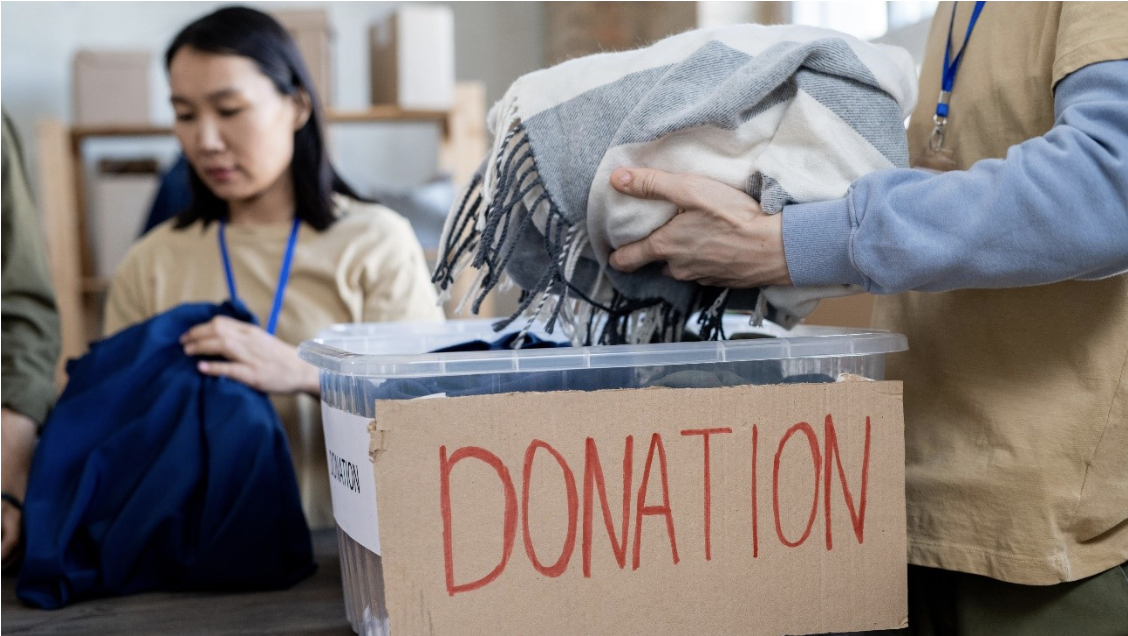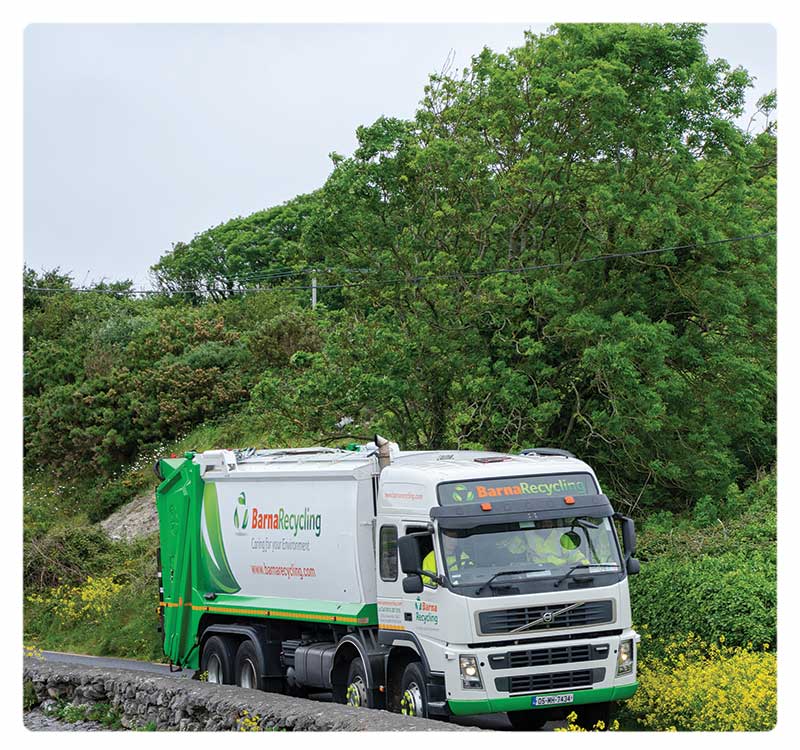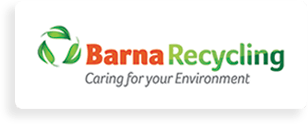- Ims Marketing
- Oct 13, 2022
- Recycling Tips, waste awareness
Clothes Recycling: 5 Tips To Repurpose And Dispose Of Old Textiles
Textile and clothes recycling is not always on people’s sustainability radar. But now that you’ve managed to create a low-waste, eco-friendly bathroom, it’s time to finally get around to reorganising your bedroom to recycle & repurpose your used clothing, old mattresses & duvets.
Here at Barna Recycling we often find our customers wondering what to do with clothes that are old or no longer fit and textiles that have already seen their share of wear & tear. But don’t worry, we got you covered. There are plenty of sustainable solutions for repurposing, disposing, and recycling clothes and other old textiles, which we have outlined below.
5 Tips For Clothes Recycling And Disposal
1. Shopping Smart
Firstly, it’s important to understand that the textile industry is the second largest contributor to global pollution (Source: mywaste.ie) Every piece of clothing you wear, or use has gone through a complex manufacturing process that uses a high amount of electricity, water, and other energy sources.
Unwanted textiles and clothes recycling & upcycling save energy by reducing or eliminating the need to make materials from scratch. Before you purchase a new piece of clothing, shoes etc, always think do I need it and will I wear it.
2. Pass/Swap/Hand Them Down
Before you decide to dispose of or recycle the clothes and textiles that you no longer use or wear, consider passing them on to a friend or a family member if they might be interested in them. Remember to be honest about any damage and wash the clothes before you pass them along. There are also several online platforms that allow you to swap or re-sell your clothing, such as Facebook Marketplace & Depop to name just a few options available.
Alternatively, you can also see if those closest to you are up for swapping a few items. Invite them over for a few drinks and get the party started. This way you are recycling clothes by giving them a new life & everyone goes home happy with some new pieces they can add to their wardrobe for free!
3. Donate To Charity
You can also donate clothes & textiles in good condition to local charity shops as there are often non-profits and charities that would be extremely grateful for your donation. Over 10 million garments per annum are handled via charity or second-hand shops. Using charity shops often means the sales from the clothing benefit causes in your local area or community.
Some organisations accepting clothing donations are Enable Ireland, Oxfam, NCBI, Society of St Vincent de Paul (SVP) and Liberty Recycling. The Irish Charity Shops Association website will help you to find your nearest charity shops & clothing banks near you.
4. Transform & Upcycle – An Alternative Way of Clothes Recycling
You can transform clothes that are damaged, stained/have holes into new items such as face masks, tablecloths, cleaning cloths, blankets, padding for chairs, bags, t-shirts and so much more! Interested in alternative ways of clothes recycling? All it takes is a little creativity and vision. You can check out Pinterest or some DIY YouTube videos for inspiration.
5. Civic Amenity Sites
If you feel you cannot do any of the above with large volumes of old textiles, you can always bring them to your local civic amenity site or clothing banks near you. Some of our civic amenity sites will also accept any type of clothing, footwear, textiles, including blankets at selected civic amenity sites. However, an extra charge would apply for disposing of bedding and mattresses. By disposing of your clothing & textile items correctly you are playing your part in making for a cleaner, greener environment.
How Is The Process For Old Textiles & Clothes Recycling?
- After your clothes are collected from the various points the first step to clothes recycling is to segregate them into wearable and unwearable, or usable and unusable products. In most cases washing facilities are used to prepare the clothes for re-use of re-sale.
- Once the textiles are properly sorted, they are then pulled into fibres or shredded, which results in yarn. Depending on the end use of the yarn, other fibres may be added into the mix. It then is re-spun so that it can be reused, either by being knitted or woven.
- Any fibre that cannot be spun into yards is compressed into filling, such as insulation or textile filling inside of mattresses.
- If you’re recycling polyester-based textiles, these are granulated into polyester chips. The chips are then melted so that they can create new fibres for new polyester textiles.
- In recent years the most popular method of re-using clothes is charity shops or re-se second chance shops
Top Barna Textiles & Clothes Recycling Tips:
- The big advantage of charity shops is not only are the clothes re-used and not treated as waste, and it also helps provide financial assistance to a particular charity.
- If dropping your unwanted clothes to a charity shop, familiarise yourself with other items they make take for upcycling or re-selling such as household goods, books, electrical items etc not all if these shops are dedicated only to clothes.
- When dropping off clothes always have a look at what’s for re-sale and help the charity by purchasing something on the same journey.
- Bedclothes, duvets are not always accepted by all charities check in advance of travelling.
- It’s important to point out clothes that are heavily soiled or damaged can still be taken in some banks and this should be checked in advance.
- Old clothing not able for re-use can still be put to good use by being shredded and re-used for things such as furniture stuffing.
Now that you know there are plenty of sustainable options for old textile and clothes recycling and disposal, how about sharing these tips with your friends and family?








